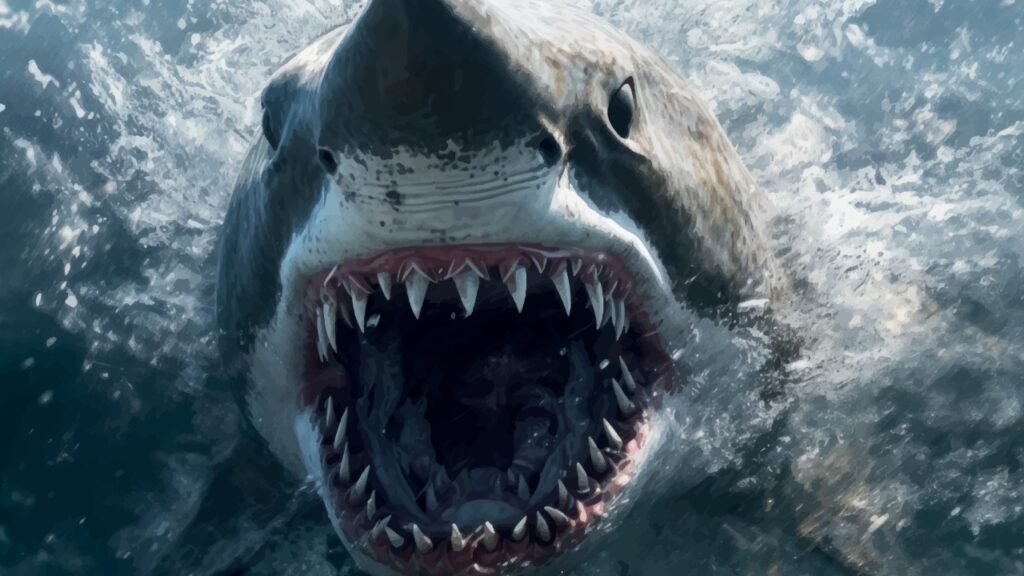Great white sharks are often seen as the ocean’s top predators, striking fear into the hearts of beachgoers worldwide. But in the vast and mysterious marine ecosystem, even these fierce hunters have their own predators. Let’s dive into the unexpected world of animals that dare to take on the great white shark.
Orca (Killer Whale)
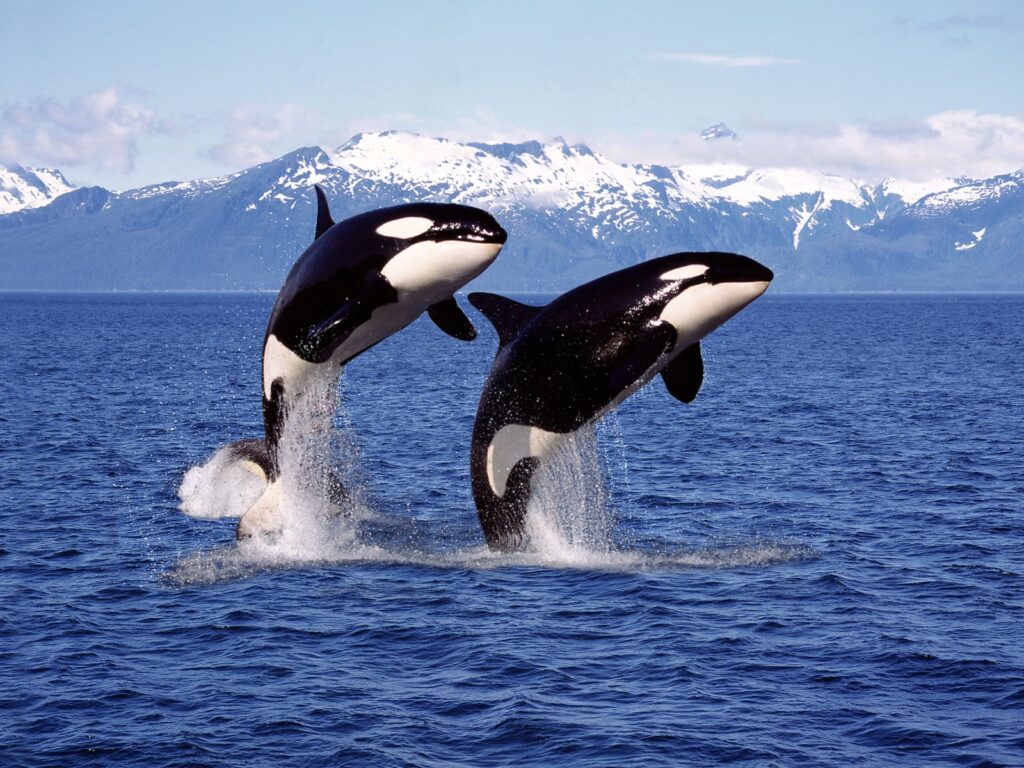
Orcas are the undisputed kings of the ocean when it comes to hunting great white sharks. These intelligent marine mammals hunt in pods, using sophisticated strategies to overpower their prey. Orcas have been observed flipping great whites upside down, inducing a state of paralysis called tonic immobility. They then feast on the shark’s nutrient-rich liver, often leaving the rest of the carcass untouched. Orca attacks have even caused great whites to flee entire areas for extended periods.
Giant Squid
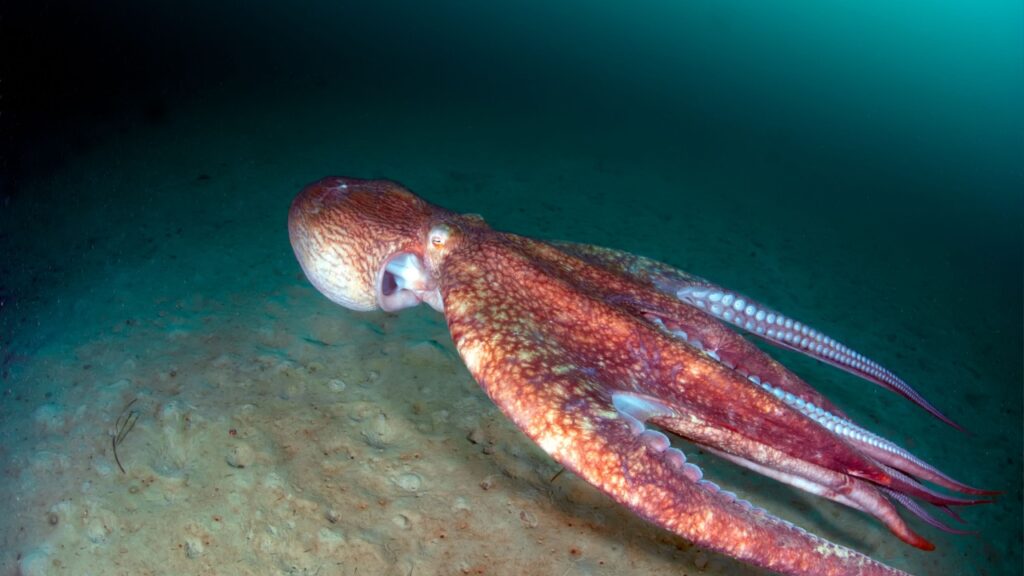
While rare, encounters between giant squid and great white sharks do occur in the deep ocean. These elusive cephalopods can grow up to 43 feet long and possess powerful tentacles lined with sharp suckers. Giant squid have been found in the stomachs of sperm whales with battle scars suggesting fierce underwater duels. In a deep-sea clash, a giant squid’s length and grasping ability could give it an advantage over a great white shark.
Sperm Whale
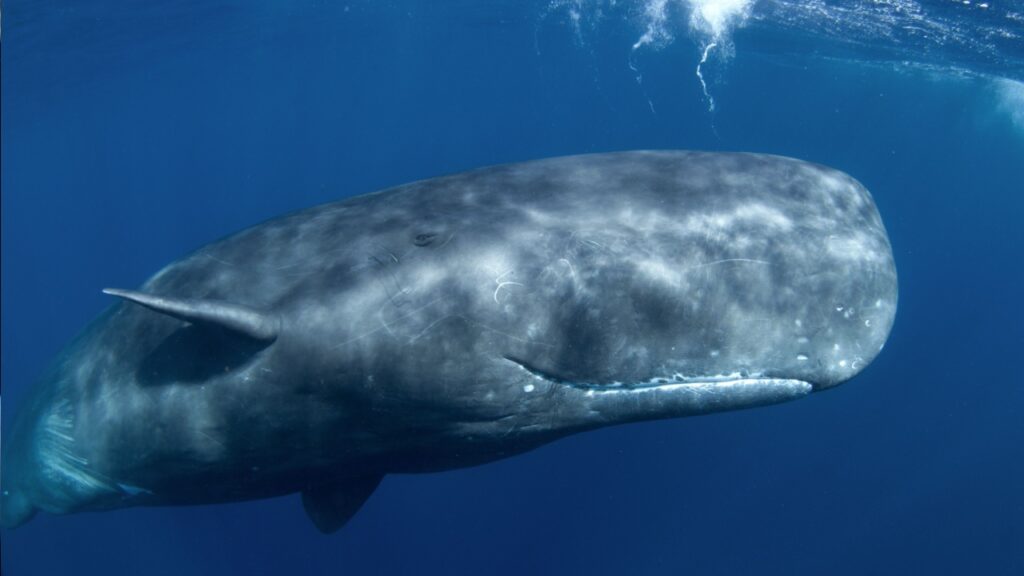
Sperm whales are the largest toothed predators on Earth, diving to extreme depths in search of food. While they primarily feed on squid, there’s evidence of sperm whales occasionally hunting sharks, including great whites. Their massive size, powerful echolocation abilities, and strong teeth make them formidable opponents. A sperm whale’s sheer bulk and strength could easily overpower a great white shark in a confrontation.
Saltwater Crocodile
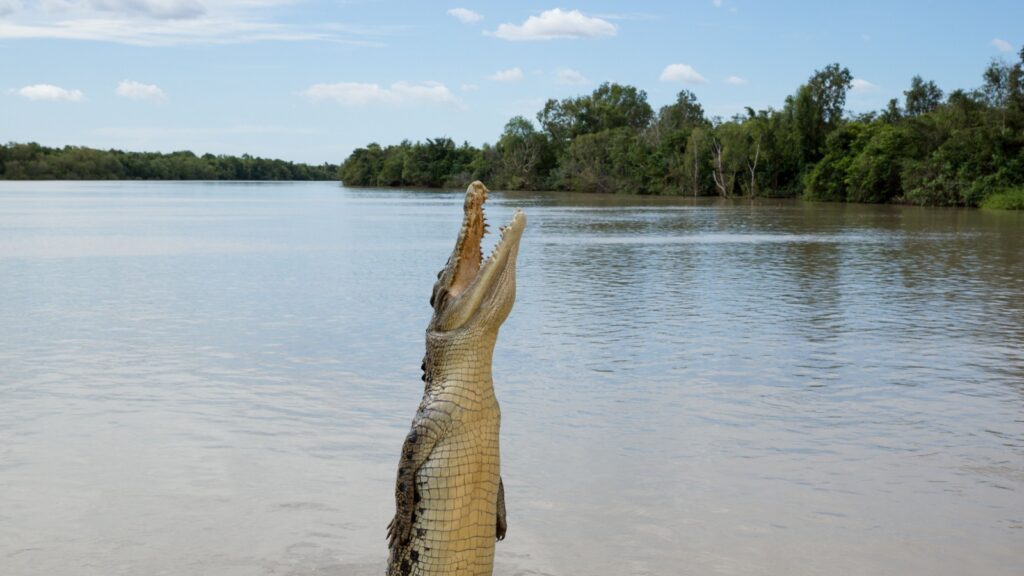
In rare instances where their habitats overlap, saltwater crocodiles have been known to attack and eat sharks, including smaller great whites. These ancient reptiles are ambush predators with the strongest bite force of any animal on Earth. A saltwater crocodile’s armored skin provides excellent protection against shark bites. In shallow coastal waters, a large saltwater crocodile could potentially overpower and consume a young great white shark.
Greenland Shark
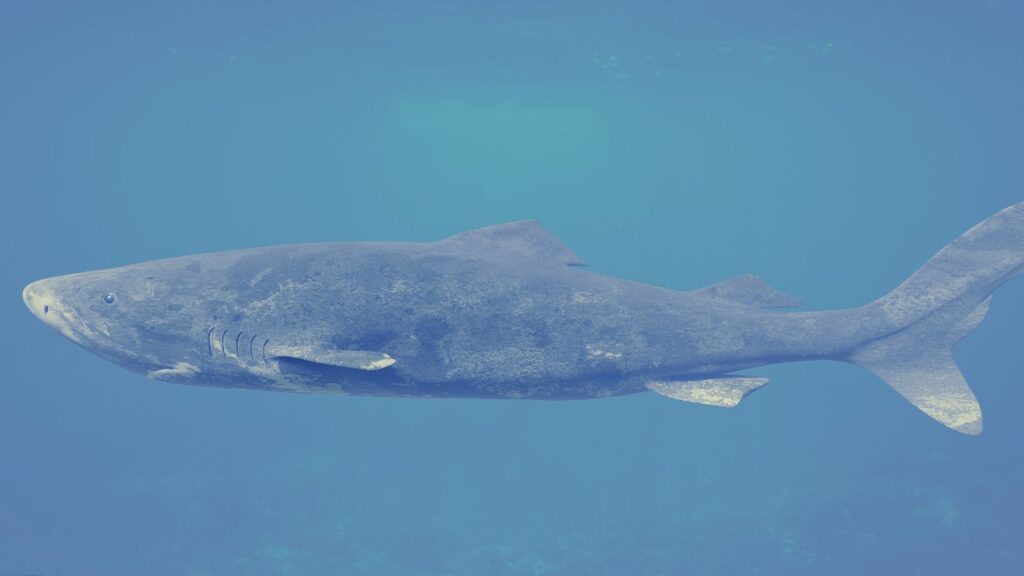
The Greenland shark is a slow-moving giant of the deep, known to live for centuries. While they typically feed on smaller prey, there’s evidence of these sharks scavenging on larger animals, including other shark species. Their powerful jaws and ability to hunt in extremely cold, deep waters give them an advantage in certain environments. In the icy waters of the Arctic, a Greenland shark might opportunistically prey on a weakened or young great white shark.
Leopard Seal
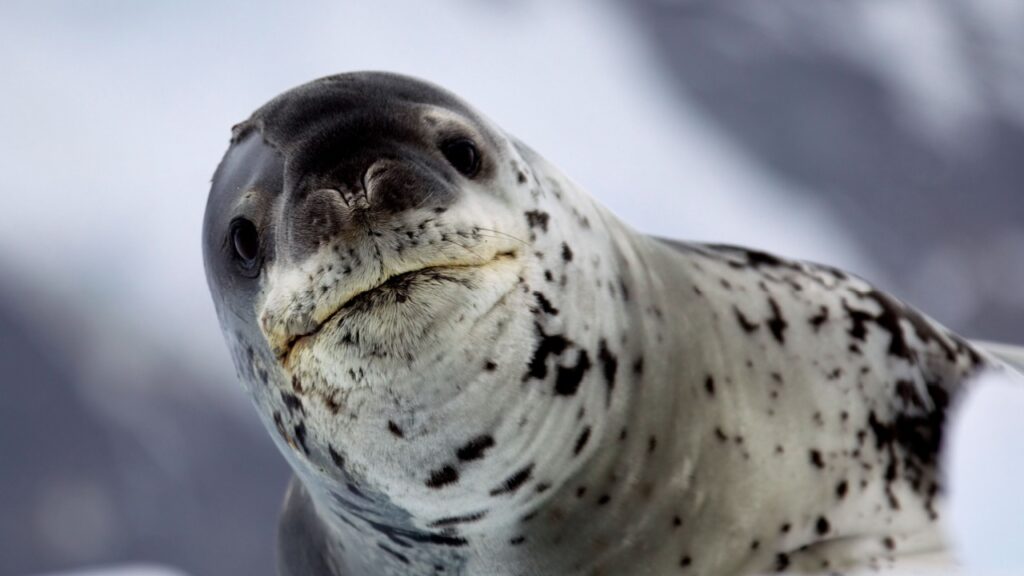
Leopard seals are top predators in Antarctic waters, known for their powerful jaws and aggressive hunting behavior. While they primarily feed on penguins and other seals, larger individuals have been observed attacking small sharks. In the southern oceans where their ranges overlap, a large leopard seal might take on a juvenile great white shark. Their agility in water and strong bite could give them an edge in such an encounter.
Colossal Squid
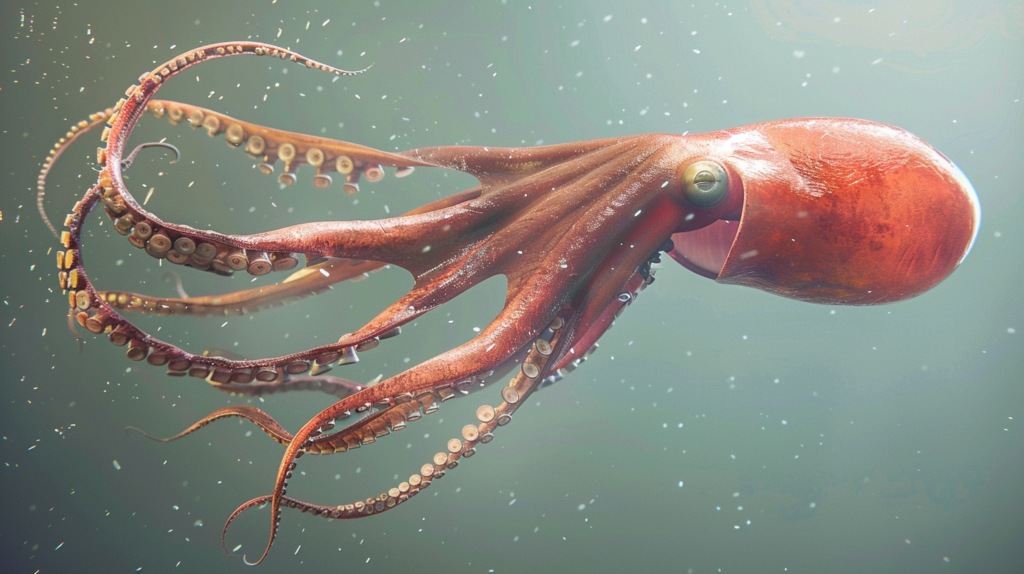
The mysterious colossal squid is even larger than its giant cousin, with estimates suggesting it could reach lengths of up to 46 feet. Armed with the largest eyes in the animal kingdom and hooks on its tentacles, this deep-sea dweller is well-equipped for epic battles. While direct observations are scarce, the colossal squid’s size and weaponry suggest it could be a formidable opponent for a great white shark in the depths of the ocean.
Great White Shark
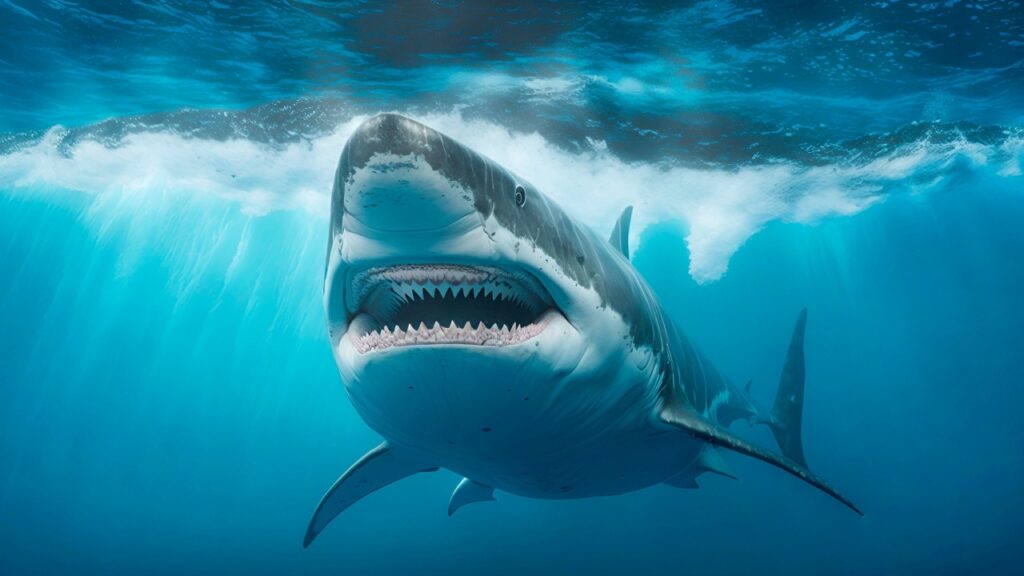
Surprisingly, great white sharks sometimes turn on their own kind. Larger individuals have been observed attacking and eating smaller great whites, a behavior known as cannibalism. This often occurs when food is scarce or during competitive interactions. The practice ensures that only the strongest and most adaptable sharks survive, contributing to the species’ success as apex predators.
Sixgill Shark
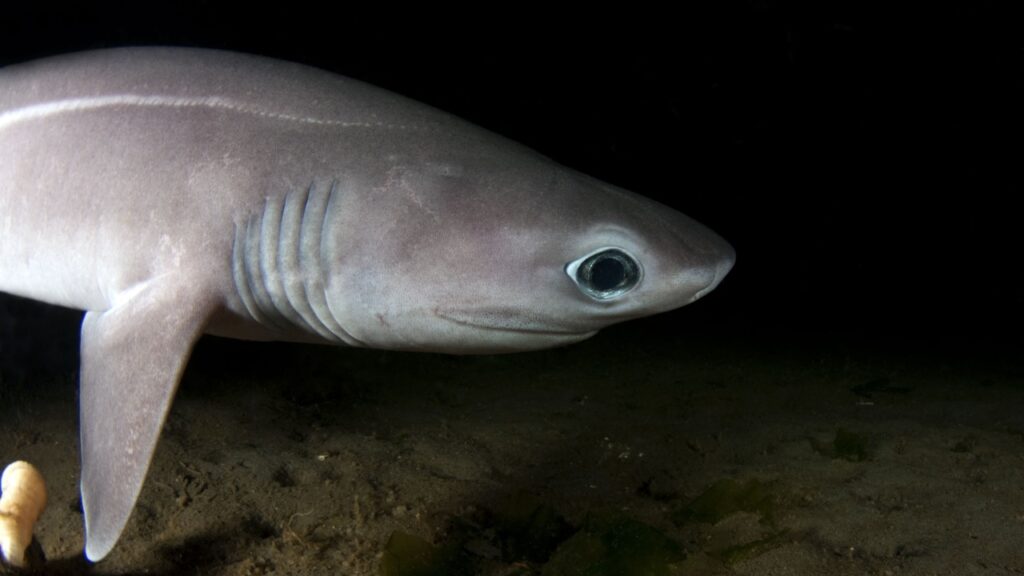
The sixgill shark is a prehistoric-looking species that inhabits deep waters. Growing up to 26 feet long, these sharks are opportunistic predators and scavengers. They’ve been known to feed on other shark species and have the size and strength to potentially take on a great white shark. In the dark depths where sixgill sharks thrive, they might have an advantage over great whites venturing into deeper waters.
Humans

While not natural predators, humans pose the greatest threat to great white sharks. Overfishing, shark finning, and habitat destruction have significantly impacted great white populations worldwide. Humans hunt these sharks for their fins, jaws, and as trophies. Additionally, many great whites die as bycatch in commercial fishing operations. Conservation efforts are crucial to protect these magnificent creatures from human-induced threats and maintain the balance of marine ecosystems.
Becky is a fervent wildlife enthusiast and pet care expert with a diploma in canine nutrition. Her love for animals stretches beyond the domestic, embracing the wild tapestry of global fauna. With over a decade of experience in animal welfare, Becky lends her expertise to OutlandishOwl through insightful articles, captivating wildlife information, and invaluable guidance on pet nutrition. Her work embodies a deep commitment to understanding the intricate lives of animals and a passion for educating others on sustaining natural habitats. Becky's hands-on conservation efforts and her knack for translating complex dietary science into practical pet feeding tips make her an indispensable voice for creatures great and small.

